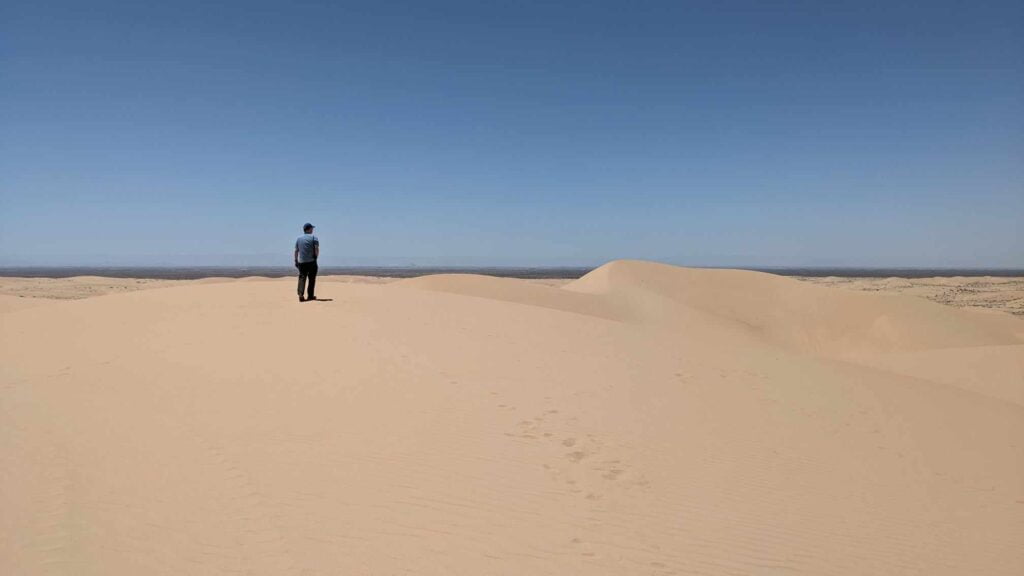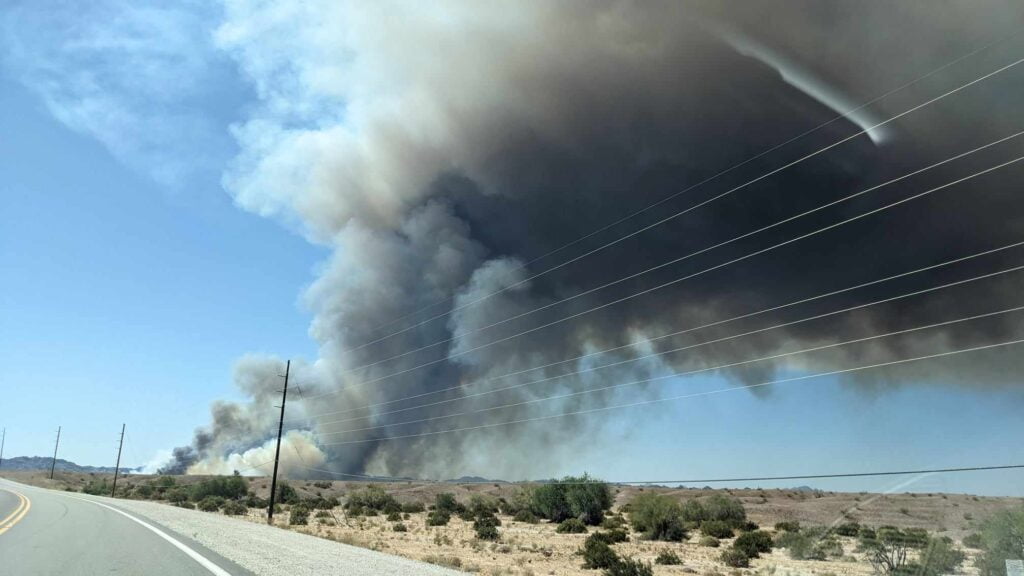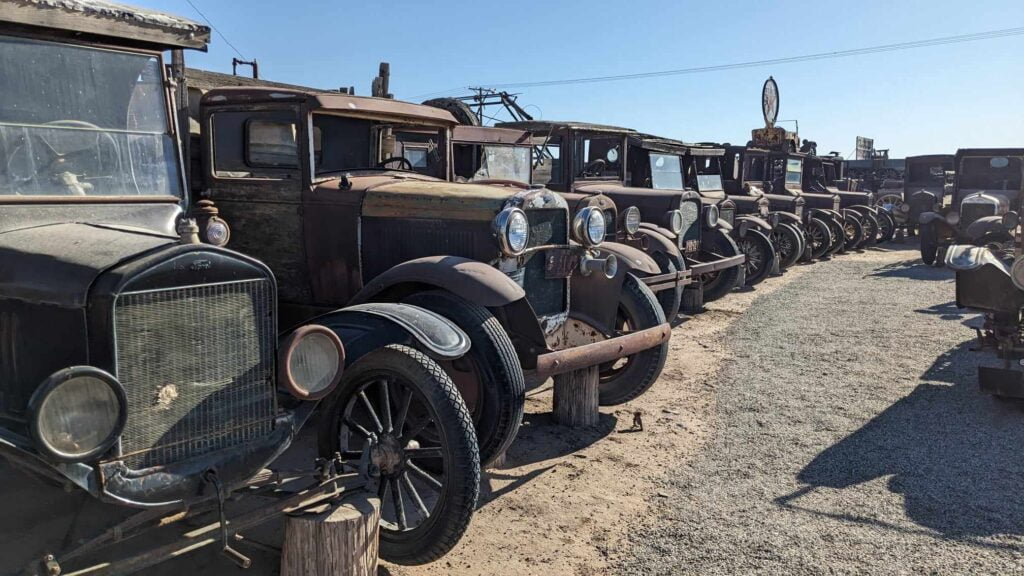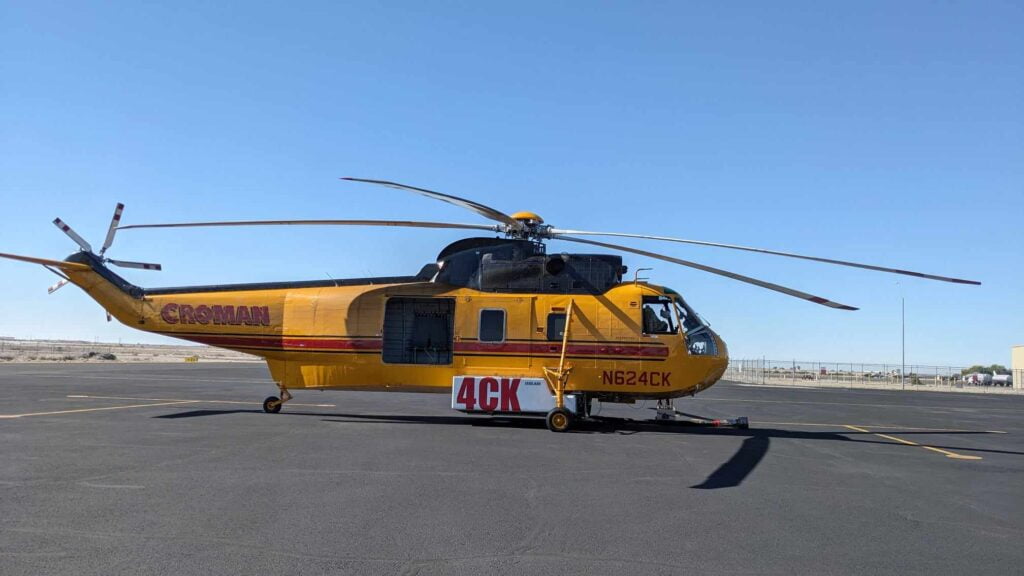What’s Past is Prologue






I write this sitting on the Mt. Gretna porch.
It was so weird flying back to the east coast on United 2213, from Orange County airport to Newark, in less than five hours, yesterday.
On Friday, however, it took us close to that same amount of time to fly from Deming, New Mexico, to Yuma, Arizona – with a stop at Gila Bend to refuel. YES, THAT GILA BEND! This is the first place we landed on our trip east three weeks earlier, the place with the spider and the disintegrating fire engine and no transport. They do, however, have fuel, and it was the perfect stop to fill up and do some flight planning for a few hours before continuing on to Yuma. Lunch in Gila Bend was what we had with us: four peanut butter crackers, a couple of cookies, some peanut brittle and a breakfast bar.
And Yuma was wonderful. We stayed in an ancient motor hotel, the Coronado, stucco roofs and poolside palms and bougainvillea. The hotel had a deal with the restaurant next door, the Yuma Landing, named for Robert G. Fowler – who in 1911 landed a plane in Arizona for the first time RIGHT THERE. He, too, was on a cross country trip – the first flyer to cross the continent from west to east. And it turns out that Yuma was also the second stop on the 1929 Women’s Air Derby, and Amelia Earhart pranged her propeller here and the entire race got held up while it was being fixed.
We also got held up here, because the wind was too strong for us after our El Paso to Deming experience. We were now pretty wary of crossing the desert in heat and high wind. So we rented a car and saw some tourist sights instead. Chief among them were the Imperial Sand Dunes, California, which looked like Tatooine, mainly because is *IS* Tatooine – Return of the Jedi was filmed here, as was Lawrence of Arabia. We then drove in the opposite direction to Fishers Landing, Arizona (Yuma is on the California border, or rather, on the Colorado River – we walked there from our hotel – and only seven miles from the Mexican border).
Fishers Landing is a marina on the Colorado River. We realized, as we drove closer, that the huge plumes of smoke we’d seen from sixty miles away in California were probably not connected to the nearby army training center, but were something else and very close to where we were headed. It felt apocalyptic. No one in Fishers Landing gave a heck. I asked a server in the Rio Loco bar and grill, “What’s going on?” and she just shrugged and said, “We have no idea.” Someone else suggested in was a fire caused by a motorboat running aground in “the toolies,” apparently a local term for “the boonies” or “the sticks.” After we’d eaten our lunch, the plume of smoke was even bigger, so we decided to get as far away from it as we could before everyone started to panic.
On our way back to Yuma we discovered what might be my FAVORITE MUSEUM EVER, the “Cloud Museum” in Bard, California. It is a collection of about a gazillion rusting Model T and Model A Fords, along with maybe 50 beautifully restored vehicles of the same era, all belonging to local resident Johnny Cloud and sitting on his property, along with the former Bard post office which is incorporated wholesale into the museum. The displays also include a bunch of ancient baby buggies, bicycles, a 1930s school bus and fire engine, a full service gas station, a 1930 Ford Motor Home, and hundreds of ancient glass bottles and electrical insulators. I absolutely loved it. In trying to describe it to my niece, later, I realized that the guy is a hoarder – but what he hoards is MODEL T FORDS. My mind, it was blown.
—————
The next day, we headed out of Yuma, but not before I overheard in the local airport office someone mentioning that fire in “the toolies.” So I ended up finding out from the horse’s mouth, a helicopter pilot named Rick, that it had been a wildfire and that he’d actually been battling it all afternoon the day before in his S61 helicopter, siphoning water from Martinez Lake and dumping it in 700 gallon drops. He was waiting for his next assignment. The fire was still burning as we took off, 24 hours later. Rick was wonderful. I said, “Please let me shake your hand and say thank you.” He accepted hugs, too.
We could still see the smoke, spread about the Colorado River valley, as we flew away from Yuma. Guys like Rick are heroes.
We flew to Thermal, California (near Palm Springs), which is below sea level. Completely by coincidence – AGAIN – it turned out that this airfield is named for Jackie Cochran; she lived in the next town, Coachella, for many years, founding the Coachella Chapter of the 99s (the International Organization of Women Pilots, of which I am a member). She was, of course, also one of the founding members of the WASP (Women’s Air Force Service Pilots). What are the chances!
We had lunch there, waited two hours for the mist to burn off the California coast, and then flew on to Santa Monica. And that was the nearest airport to the Pacific Ocean that we could get to. We landed, refueled, borrowed the airport courtesy car, and drove to the beach.
We’d made it – from the west coast to the east, and back!
It took us 48 hours of flight time.
Our final flight of the evening was back to Corona. We landed with the setting sun in our eyes. Doug the engineer was waiting to greet us and to make sure we hadn’t damaged his plane. The Flying Academy folks had all been watching us on flight radar, and spotted us flying overhead earlier in the afternoon without landing, wondering where we were headed.
Only in hindsight do I realize that entirely by accident we almost exactly retraced the 1929 Women’s Air Derby in reverse on our way back from Texas, landing in Abilene, Pecos, El Paso, Yuma, and Santa Monica. And of course we also landed in Phoenix, another 1929 race stop, on our way out. So much of this wonderful trip retraced the airways of famous aviators entirely by accident. And yet it doesn’t feel like accident at all. We are following in their footsteps.
N991BJ, One Bravo Juliet, our Julie, was in the air again the next morning, training flight students.